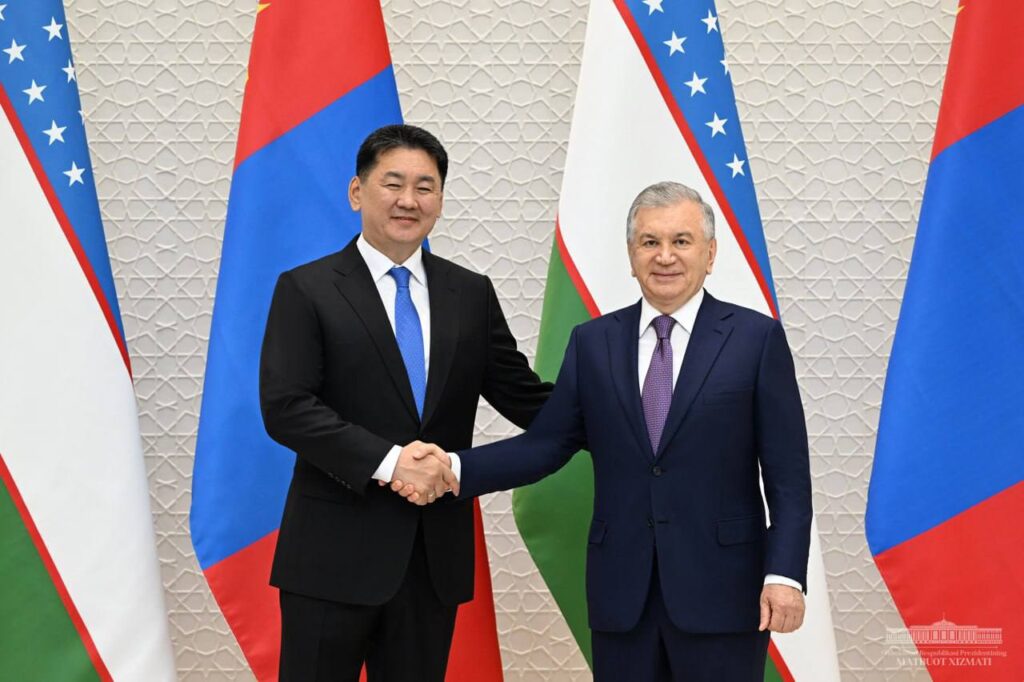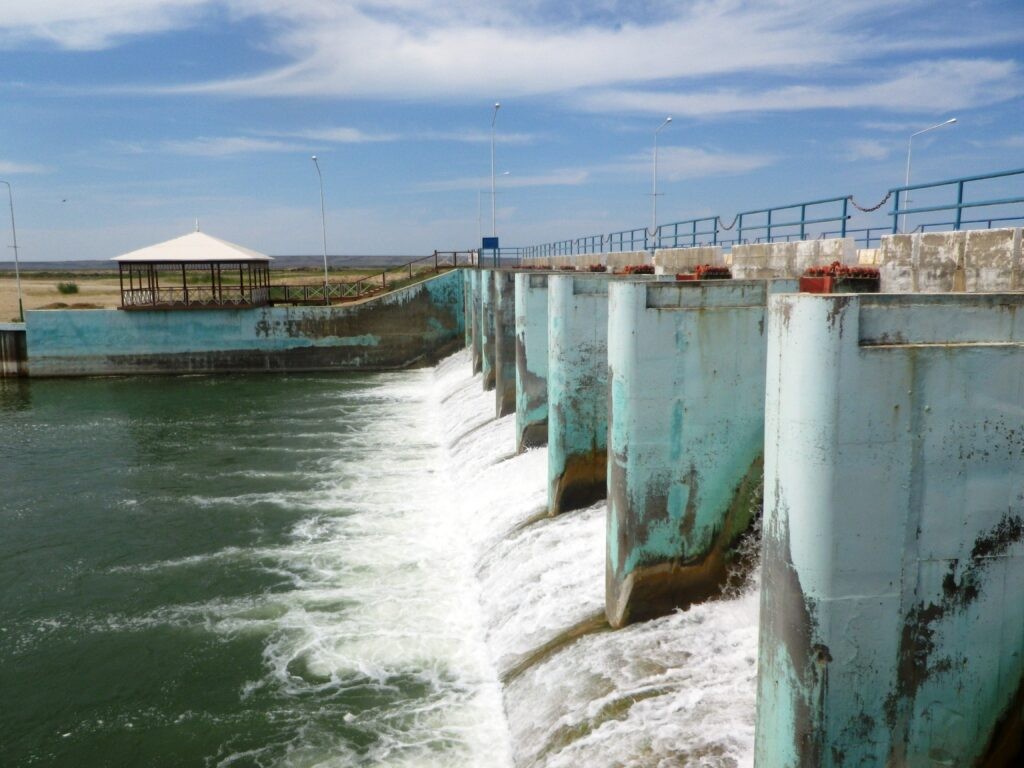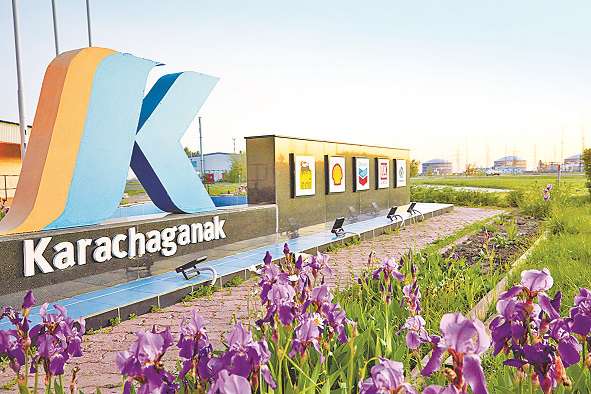On June 24, the first state visit of President of Mongolia Ukhnaagiin Khurelsukh opened a new page in the development of Uzbek-Mongolian relations.
Following negotiations in Taskent between President of Mongolia Ukhnaagiin Khurelsukh and President of Uzbekistan Shavkat Mirziyoyev, on deepening trade and economic cooperation, plans were announced to increase bilateral trade 5 to 10-fold in the coming years.
The two leaders tasked their governments to create a joint working group on increasing trade turnover, opening official trading houses in Ulaanbaatar and Tashkent, preparing an Agreement on Preferential Trade, and instigating proposals for simplifying access to both countries’ markets.
President Mirziyoyev proposed adopting a medium-term Industrial Cooperation Program, with priority given to identifying partnership in geological exploration, development, and processing of raw materials.
In addition, it was mooted that comprehensive cooperation be established in agriculture and related industries and plans were discussed on the launch of large joint livestock complexes in Karakalpakstan, Namangan, and other regions of Uzbekistan.
Proposals have already been prepared for the import of meat and related processed products from Mongolia, and in return, poultry meat, fruit, vegetables and other agricultural products from Uzbekistan.
Negotiations concluded with an agreement to prepare a roadmap for the implementation of the above.
The Mongolian president’s visit also included an Uzbek-Mongolian business forum attended by heads of ministries, government agencies, industry associations, and over 150 representatives from leading companies of both countries.
As reported by the Uzbek Ministry of Investment, Industry and Trade, the forum identified several prospective avenues for increasing trade and economic partnerships in mining, agriculture, construction materials, healthcare, pharmaceuticals, food, and banking.
Initiatives for the joint exploration of new rare metal and basalt deposits, as well as the creation of joint livestock and agro-clusters aimed at exporting produce were earmarked as particularly promising.
Dashzeveg Enkhtuvshin, President of the National Chamber of Commerce and Industry of Mongolia, lauded the potential for expanding trade, investment, and industrial collaboration between the two countries, and encouraged entrepreneurs to intensify their interactions and pursue ambitious joint ventures.








